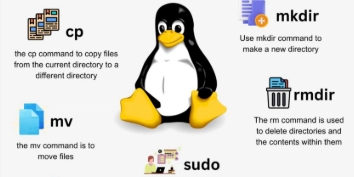Dev
1M
219

Image Credit: Dev
Getting Started with Linux Commands: Mastering File and Directory Operations
- Linux is known for its powerful command-line utilities that give users granular control over their systems.
- This article focuses on essential file and directory operations in Linux, including using the cat command for file content manipulation and managing files and directories.
- The cat command allows you to write, append, and replace file content, while basic commands like touch, cp, mv, and rm are used for creating, copying, moving, and deleting files and directories.
- By mastering these commands, users can efficiently navigate and manipulate their Linux systems, building a strong foundation for advanced tasks like scripting, system administration, and automation.
Read Full Article
13 Likes
For uninterrupted reading, download the app